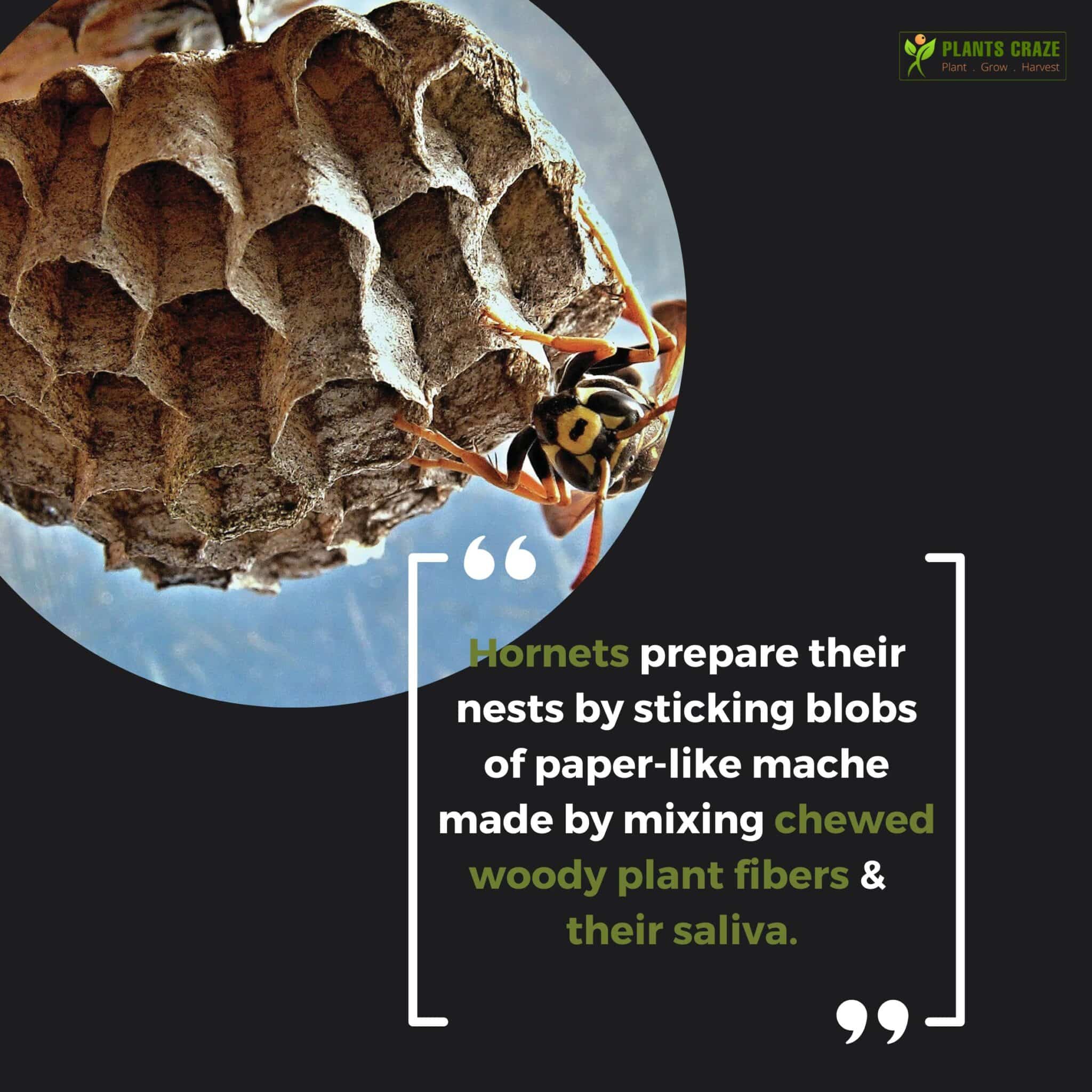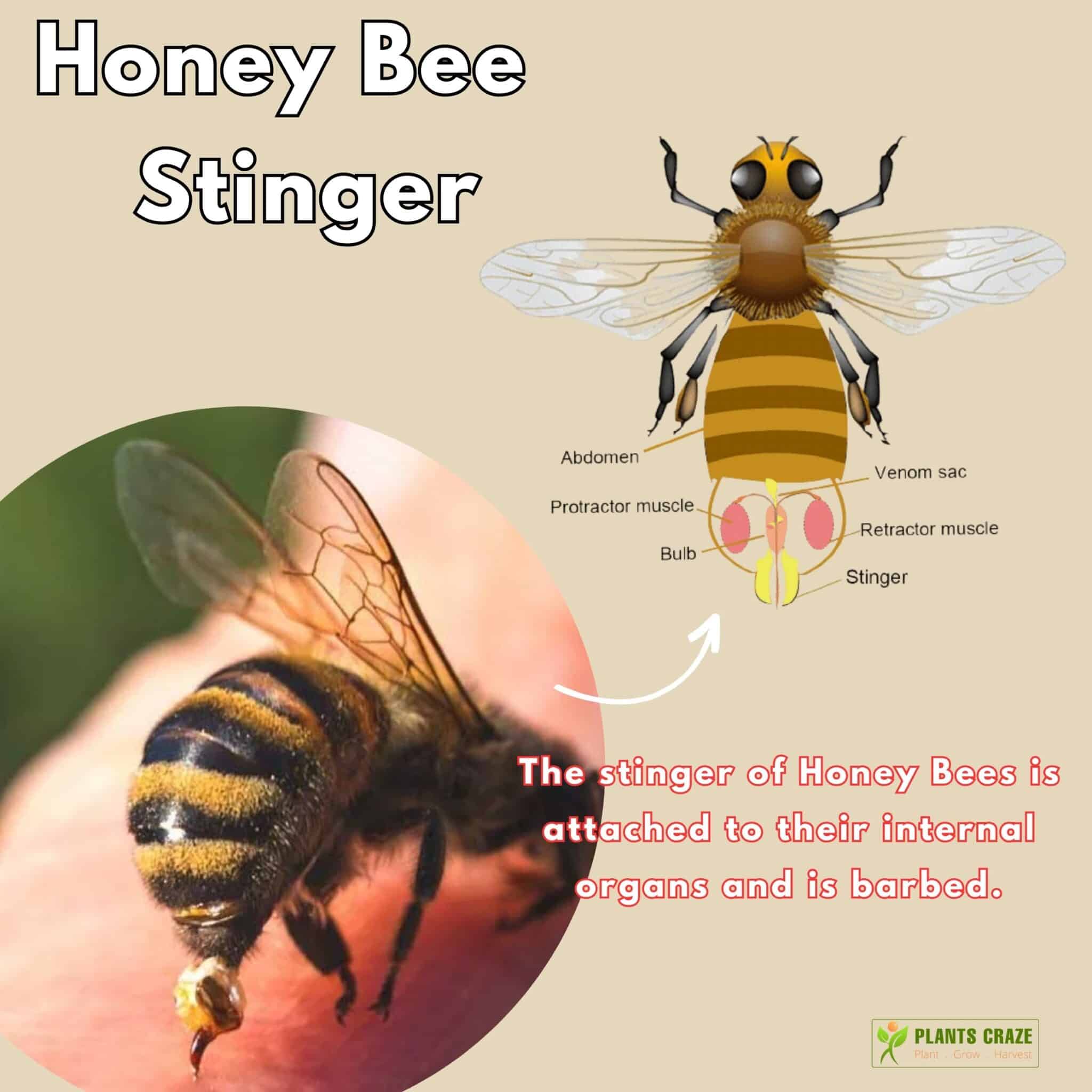Wasp, Hornet, Yellow Jacket, and Bee are all crucial insects for the environment. However, it depends on you whether to invite them into your backyard or swat them away.
Before any interaction as to which is safe or which one is more deadly, you must uncover differences between them first!
Let’s have a close look at each individual trait of Wasps, Hornets, Yellow Jackets, and Bees in the article below!
Table of Contents Show
Wasp Vs Hornet Vs Yellow Jacket Vs Bee [What Are They?]
Wasps, Hornets, Yellow Jackets, and Bees all belong to the insect family Hymenoptera.
With more than 130,000 species of insects, Hymenoptera is one of the largest insect orders.
Together, Wasps, Hornets, Yellow Jackets, and Bees bear some of these remarkably similar features.
- Wasps, Hornets, Yellow Jackets, and Bees have chewing mouth parts, with a few exceptions.
- They have transparent, generally functional veined wings and 3 pairs of legs.
- Also, most members of Wasps, Hornets, Yellow Jackets, and Bees are social insects living in large colonies.

- The body plan of Wasps, Hornets, Yellow Jackets, and Bees consists of the head, thorax, and abdomen.
- Wasps, Hornets, Yellow Jackets, and Bees have sensory antennae, compound eyes, and a stinger.
- They all perform crucial pollination activities and are significant pollinators of many plants.
However, both Hornets and Yellow Jackets together fall into the group of Social Wasps and differ slightly from Bees.
Wasp Vs Hornet Vs Yellow Jacket Vs Bee [Differences]
Wasps (Hornets and Yellow Jackets) and Bees differ in physical features, diet, nesting habits, stings, toxicity, and aggressiveness.
1. Physical Features
Some of the common features that Hornets, Yellow Jackets, and Bees differ are in the table below.
| Hornets | Yellow Jackets | Bees |
|---|---|---|
| Shape: Longitudinally Slender, Thick, and Fairly Bushy | Shape: Longitudinally Slender, Thin and Hourglass-Shaped | Shape: Longitudinally Slender (Sometimes Round) and Bushy |
| Size: 1-2 inch long | Size: 0.375-0.625 inch long | Size: 0.5-1.5 inch long |
| Color: Reddish-Black or Brown, Golden Yellow and Black or Mixed | Color: Black and Yellow or Mixed | Color: Black, Yellow and Brown or Indigo Blue to Black |
2. Diet
Hornets dine on tree leaves and sap but frequently hunt bees, flies, and insects.
Meanwhile, Yellow Jackets feed on food sources that are rich in sugars (fruit and flower nectar) and protein (fish and meats).
But Bees eat flower nectar and pollen to prepare honey.
So basically, Wasps (Hornets and Yellow Jackets) are omnivores, while Bees are herbivores.
Do You Know?
Most species of Female Honey Bees have pollen baskets or fine balls of hair in their hind legs.
These serve the Bees to collect the pollen from flowers and support pollination.
3. Nesting Habit
Hornets build large oval or egg-shaped nests made up of a mache of woody fibrous plant tissue mixed with their saliva.
They hang their colonial nests horizontally on treetops, hollow tree trunks, logs, or between building or house eaves.
However, Yellow Jackets build large, irregularly round nests with internal layers and cavities from paper-like mache made from chewed woody tissues mixed with their own saliva.

The nests are either underground, inside old burrows, or inside or around houses.
Bee nests are called hives with hollow hexagonal cavities made up of wax.
These terrestrial or underground nests have a diverse caste system, with different groups of Bees assigned to a social hierarchy.
4. Sting & Toxicity
Hornet stings are neurotoxic, causing anaphylactic shock upon bite. They are only present in females.
Their stingers are curved, pointy, hollow, smooth, and attached to a venom sac. Also, the stingers lack barbs and don’t detach from their body.
Likewise, stingers of Yellow Jackets are smooth, curved, hollow, pointy, and attached to a venom pouch in their back.
The stings are neurotoxic and induce anaphylaxis, and the venom owns a complex mix of proteins. Like Hornets, the stinger is only present in females of the colony.

However, Bees have a stinger attached to the venom sac and are barbed, curved, and pointy. Hence, after their bite, the stinger detaches from their body, killing them.
Fun Fact
Not all Bees have stingers, and some species of Stingless Bees have powerful jaws to inflict painful bite.
Stingless Honey Bees, or Meliponines, cannot sting, like male drones or females of some Bees.
The venom is a neurotoxin called Poneratoxin which is made up of proteins. Additionally, the stingers are present only in female and queen bees.
5. Aggressiveness
Hornets were considered aggressive, but they only sting when they feel threatened, or something threatens their colony.
Although Yellow Jackets are smaller than Hornets, they are comparatively more aggressive when threatened and defend their colony by aggressively chasing you.
However, the aggressiveness of Bees depends on the colony. In some docile colonies, only a few Bees will attack when threatened, but more Bees may attack in aggressive colonies.
Do You Know?
Asian Hornets are larger, more robust, and more aggressive than their American counterparts.
They live in large colonies and build papery hives in old fallen tree logs and some inside residents.
Wasp Vs Hornet Vs Yellow Jacket Vs Bee [Removing The Colony]
If any of these insects ever bit you, contact emergency helpline numbers before taking any risky action.
However, if you spot their nest in your backyard, ensure to remove them with precaution.
A single colony of Hornets can stay for 1 year, while a Yellow Jacket colony lasts for only one summer. But Bee colonies can survive for 5 or more years when well-maintained.
A better option will be burning the entire colony and keeping them contained or calling an expert for help.
From Editorial Team
Conclusion!
Hornets are more active during late summer to early fall. However, Yellow Jackets are more active during summer but are meaner during fall.
Although Bees are domestic and reared for honey and wax, many species of Wild Bees are aggressive.
Hence, you must be careful while pruning your plants during these times, or you may stumble into their nest.


